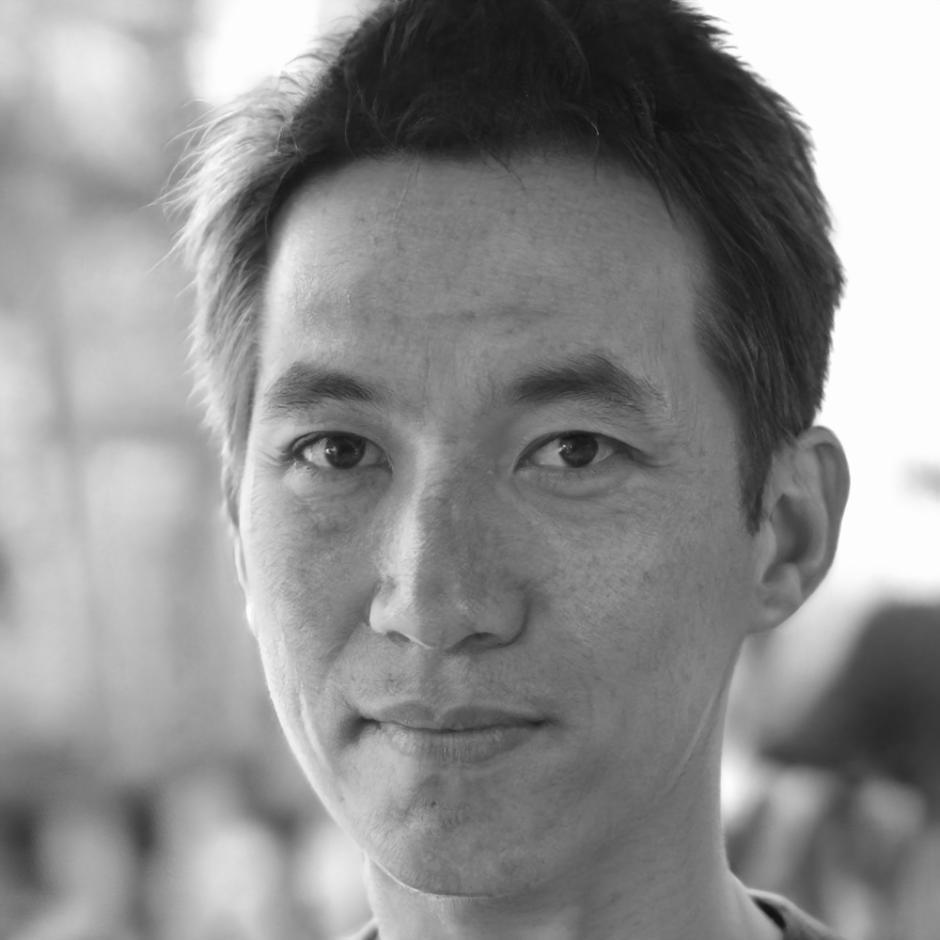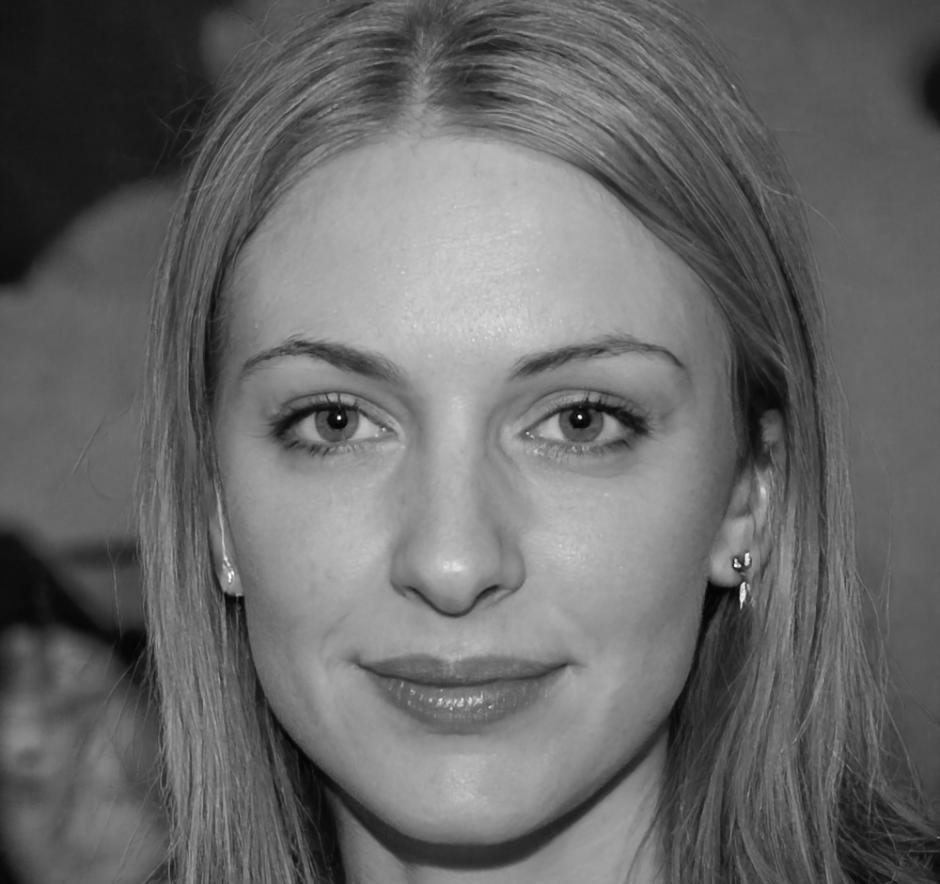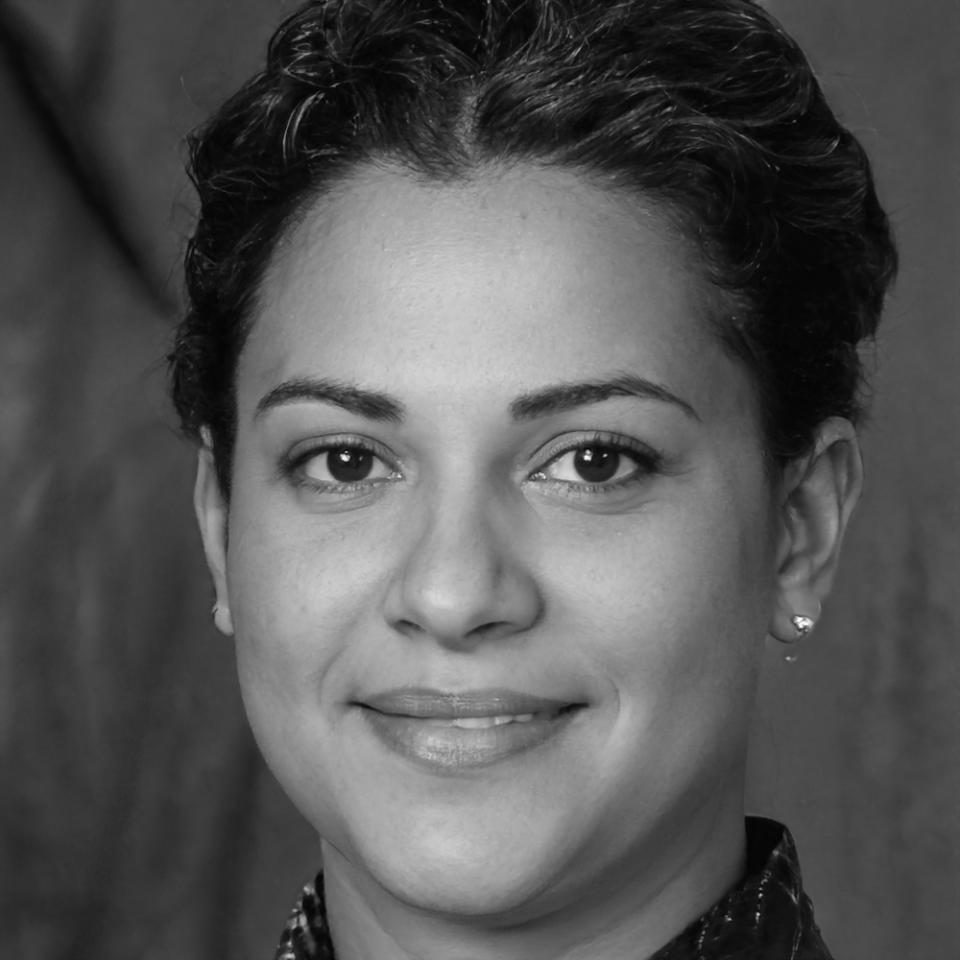Financial Analysis Skills That Actually Work in Taiwan's Market
We built this program after watching too many people struggle with theoretical frameworks that don't translate to real business decisions. Over the past three years, our participants have moved from basic spreadsheets to confident analysis — and we've learned what actually sticks.
Talk About Your GoalsThree People, Three Different Paths
What worked for them might give you some ideas about your own situation.

Derek Hwang
Small Business Owner
Derek ran a manufacturing supply company in Taichung for eight years before joining us in autumn 2023. He could read his accountant's reports but couldn't figure out why cash kept disappearing despite decent profits. Spent six months working through cash flow modeling and margin analysis. Now he spots problems two months out instead of two days before crisis hits.

Iris Chen
Marketing Professional
Iris worked in marketing for five years but kept hitting a ceiling because she couldn't justify budgets with numbers. Joined our program in early 2024 wanting to understand ROI calculation beyond basic percentages. The breakthrough came when she connected campaign data to actual revenue attribution. Got promoted to strategy role four months after finishing the program.

Sophia Lin
Career Changer
Sophia taught English for a decade before deciding she wanted to move into finance. Started our program in summer 2024 with basically no background beyond personal budgeting. Progress was slow at first — ratio analysis took her twice as long as others. But she stayed consistent. By December 2024, she landed an analyst role at a local investment firm. Still messages us with questions sometimes.

How the Learning Actually Happens
We've refined this approach based on what participants told us worked. It's less about perfect curriculum and more about building capability that lasts.
Foundation Without the Fluff
We start with financial statements because you can't analyze what you can't read. Income statements, balance sheets, cash flow — but focused on what each line actually tells you about business health.
Most people get stuck on debits and credits. We skip that accounting theory and focus on interpretation. What does increasing inventory really mean? Why do profitable companies run out of cash? These questions matter more than textbook definitions.
Tools That Do the Heavy Lifting
This is where you learn our software properly. Not just clicking buttons, but understanding what calculations run underneath. Ratio analysis, trend identification, variance reporting — the stuff that takes hours manually but seconds when you know the tools.
We throw real company data at you. Messy data with errors and inconsistencies, because that's what you'll face. Learning to clean data and question numbers is half the battle.
Decision-Making Under Pressure
Final phase is all scenarios. You're given incomplete information and tight deadlines. Should this company expand? Is that acquisition smart? Can they afford new equipment?
No perfect answers exist. We're training judgment more than calculation at this point. You present recommendations, we push back hard, you defend your analysis. Uncomfortable but necessary.

What Changes After Six Months
Results vary wildly depending on your starting point and what you put in. But here's what we typically see from people who stay engaged throughout.
- Read financial reports without immediate panic or confusion
- Build analysis models that hold up under scrutiny
- Spot red flags in company financials before they become disasters
- Communicate findings to non-finance people clearly
- Use our software suite confidently for daily analysis work
- Make data-backed recommendations instead of gut-feeling suggestions
Our next cohort starts in September 2025. We cap groups at 15 people because larger classes dilute the feedback quality. The program runs Tuesday and Thursday evenings, 7-9 PM Taiwan time, plus weekend workshops once monthly.